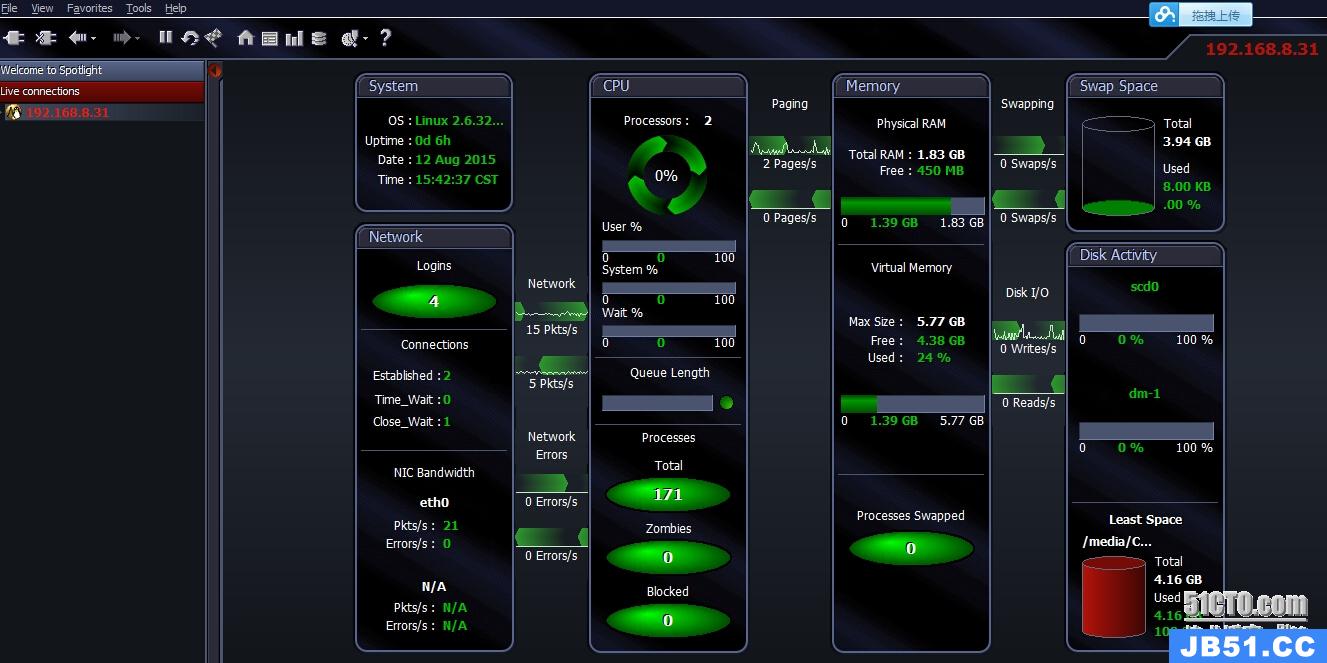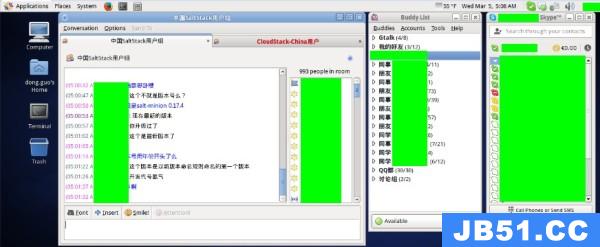yuminstallepel-release-y yuminstallpython-setuptoolspython-setuptools-develpython-develsshpass-y easy_installpip pipinstallansible
使用shell模块案例
ansible-i/etc/ansible/test/hostsmqservers-mshell-a'echo"exporthttp_proxy=http://192.168.2.11:3128">>/etc/bashrc' ansible-i/etc/ansible/test/hostsmqservers-mshell-a'echo"exporthttps_proxy=http://192.168.2.11:3128">>/etc/bashrc' ansible-i/etc/ansible/test/hostsmqservers-mshell-a'cat/etc/bashrc'
一个硬盘挂载案例
ansibletools-backup-mparted-a"device=/dev/xvdbnumber=1state=present"-k ansibletools-backup-mfilesystem-a"fstype=ext4dev=/dev/xvdb1"-k ansibletools-backup-mfile-a"path=/datastate=directorymode=0755"-k ansibletools-backup-mmount-a"path=/datasrc=/dev/xvdb1fstype=ext4state=mounted"-k
cat/etc/ansible/hosts [tools-backup] 192.168.x.x
shell模块案例分析:
ansible 是命令
-iINVENTOR 中文翻译n. 存货,存货清单;详细目录;财产清册,意思是记录主机财产表
/etc/ansible/test/hosts 是主机财产表
mqservers 是在/etc/ansible/test/hosts表中的名称
-m MODULE_NAME 模块名
shell shell模块
-aMODULE_ARGS 模块参数
'echo "export http_proxy=http://192.168.2.11:3128" >> /etc/bashrc' 具体的模块参数命令
一个硬盘挂载案例:
和上面的shell案例差不多,如果没有-i 默认是使用default=/etc/ansible/hosts主机财产表
-m 后面接了不同的参数parted,filesystem,mount等。
-k-ask-pass 要求输入对面主机密码
ansible简明的使用格式
ansible操作目标-m模块名-a模块参数 ansible<host-pattern>[-fforks][-mmodule_name][-aargs] host-pattern#可以是all,或者配置文件中的主机组名 -fforks#指定并行处理的进程数 -mmodule#指定使用的模块,默认模块为command -aargs#指定模块的参数 如果你有多台服务器的话,想并发运行,可以使用-f参数,默认是并发5
查看各模块的使用方法
ansible-doc[options][modules]:ShowAnsiblemoduledocumentation -l列出所有的ansible模块 -s列出该模块的相关指令
连接与验证测试
ansible-i/etc/ansible/hostsall-mping
常用的模块:copy、command、service、yum、apt、file、raw、shell、script、cron、user、state、template、
YAML分析
-hosts:hanodes#指定要执行任务的主机,可由冒号分隔主机组 remote_user:root#指定远程主机上执行任务的用户 vars:#定义如下2个变量 crmsh:crmsh-1.2.6.4.el6.x86_64.rpm pssh:pssh-2.3.1-2.el6.x86_64.rpm tasks:#指定需执行的任务列表,每个task都有其name和使用的模块及参数 -name:testconnection ping:#ping模块无需执行参数 remote_user:jason#在task中指定远程主机上执行任务的用户 sudo:yes#使用sudo在远程主机上执行任务 -name:corosyncinstalling yum:name=corosyncstate=present -name:pacemakerinstalling#定义一个软件安装任务 yum:name=pacemakerstate=present#使用yum安装,并配置需安装的软件名(name),及状态(state) -name:crmshrpmpackages copy:src=/ansible/corosync/packages/{{crmsh}}dest=/tmp/{{crmsh}}#使用了第一个变量 -name:psshrpmpackages copy:src=/ansible/corosync/packages/{{pssh}}dest=/tmp/{{pssh}}#使用了第二个变量 -name:crmshinstalling command:yum-yreinstall/tmp/{{crmsh}}/tmp/{{pssh}}#使用了两个变量 -name:authkeyconfigurefile copy:src=/ansible/corosync/conf/authkeydest=/etc/corosync/authkey -name:authkeymode400#定义一个文件权限设置任务 file:path=/etc/corosync/authkeymode=400 notify:#定义一个通知,当此任务执行时,可以激发响应的handler -restartcorosync -name:corosync.confconfigurefile copy:src=/ansible/corosync/conf/corosync.confdest=/etc/corosync/corosync.conf tags: -conf notify: -restartcorosync -name:ensurethecorosyncservicestartuponboot service:name=corosyncstate=startedenabled=yes handlers:#定义当关注的资源发生变化时,需采取的操作 -name:restartcorosync#定义一个服务重启任务 service:name=corosyncstate=restarted
参考:http://www.mamicode.com/info-detail-300654.html
官方视频教程:https://www.ansible.com/webinars-training/introduction-to-ansible



